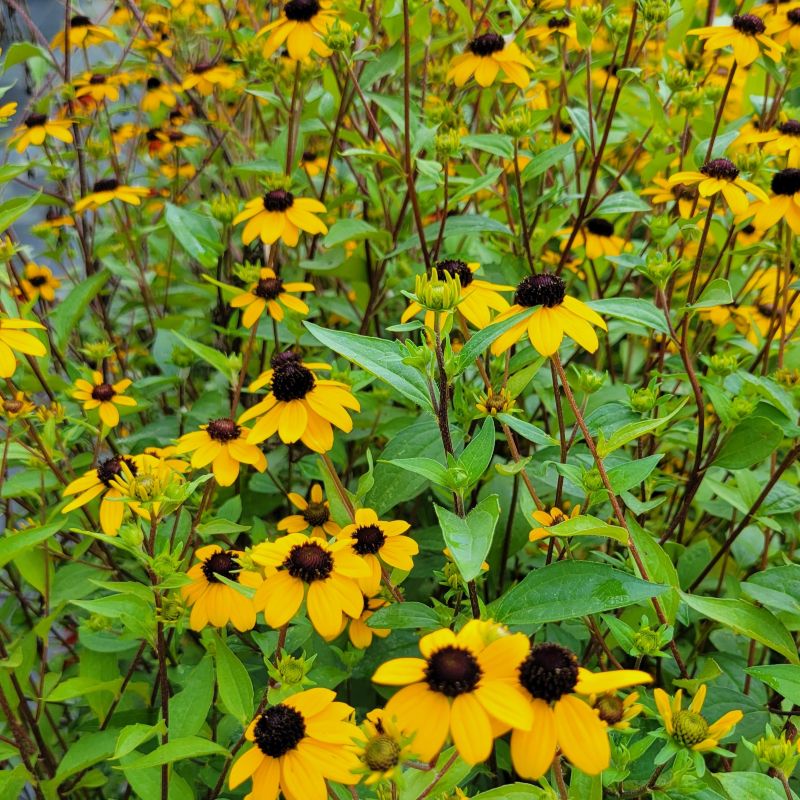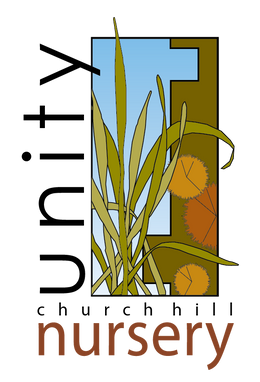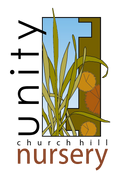
Rudbeckia triloba (Brown Eyed Susan) Unity Grown
- In Stock
- Inventory on the way
Rudbeckia triloba, commonly called three-leaf coneflower or brown-eyed Susan, is a small or medium-sized perennial wildflower that is closely related to black-eyed Susans. Compared to the black-eyed Susan, brown-eyed Susans tend to produce larger blooms of smaller, airier flowers, resulting in an excellent display of color in the late summer and fall. Typically growing to around 2-3' tall, but occasionally reaching 4-5' in height, Rudbeckia triloba forms small clumps to about 18" wide, but is capable of forming large colonies once it gets established, due to the large quantity of seed it produces in the fall. In the summer months, brown-eyed Susan produces vast quantities of golden flowers, perfect for planting en masse in pollinator gardens, wildflower meadows, or any garden space. Golden flowers are not just ornamental, and do an excellent job attracting butterflies and other pollinators to later-season gardens, and once flowers have begun to fade, the left-over seed heads attract huge numbers of songbirds too!
Moderately resistant to both deer and drought, and tolerating a wide range of conditions, Rudbeckia triloba is just as happy growing in roadside ditches or along clear-cuts with scorching sun as it is in a well-maintained backyard or arranged garden space. Growing in the wild on rocky slopes, in damp woods, or in blazing prairies, brown-eyed Susans can tolerate nutrient-poor or clay-rich soils, partial shade, and both intense heat and cold, though you'll likely see the best blooms medium-moist, well-drained loams when plants are provided with full sun. While Rudbeckia triloba is an excellent pick for rehabilitation projects and pollinator gardens, it also works excellently as a border or foundation flower since its cut blooms can last quite a while in arrangements, and dead-heading can promote a second bloom as the fall stretches on.

